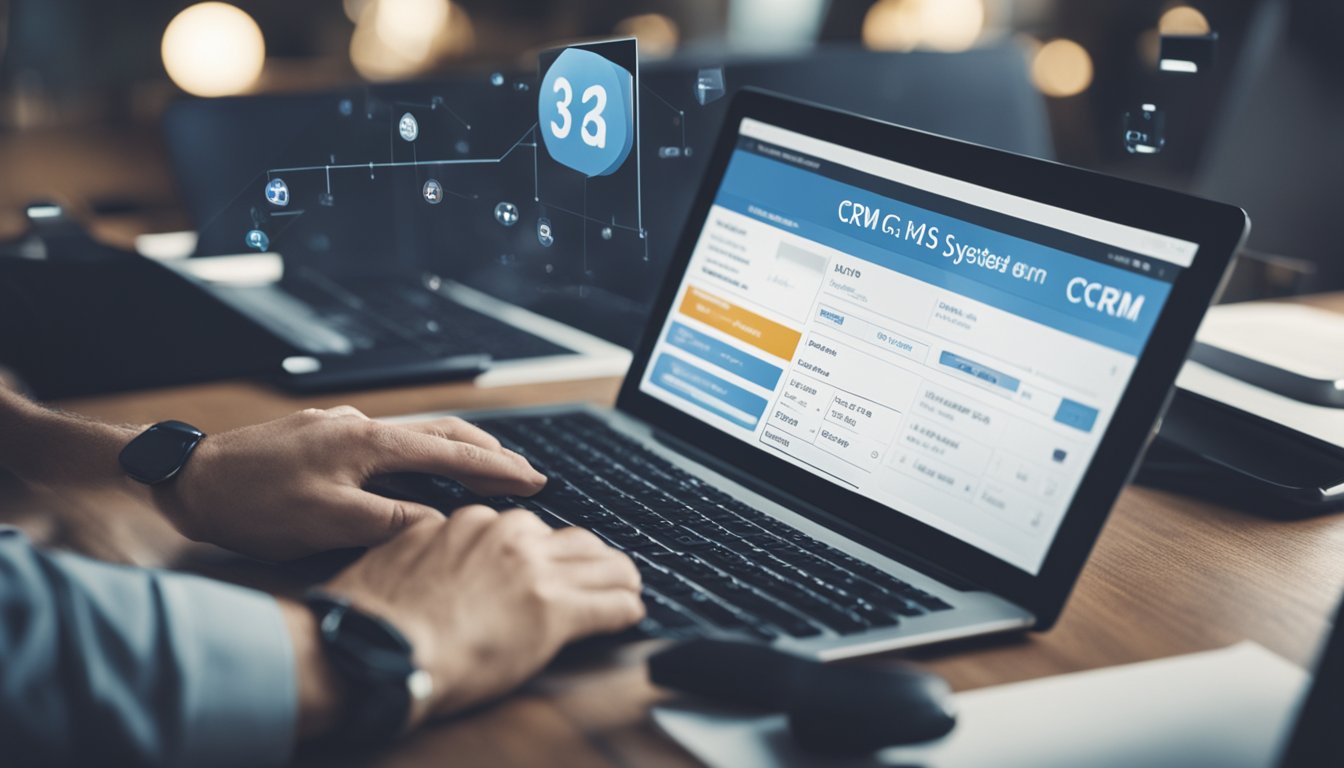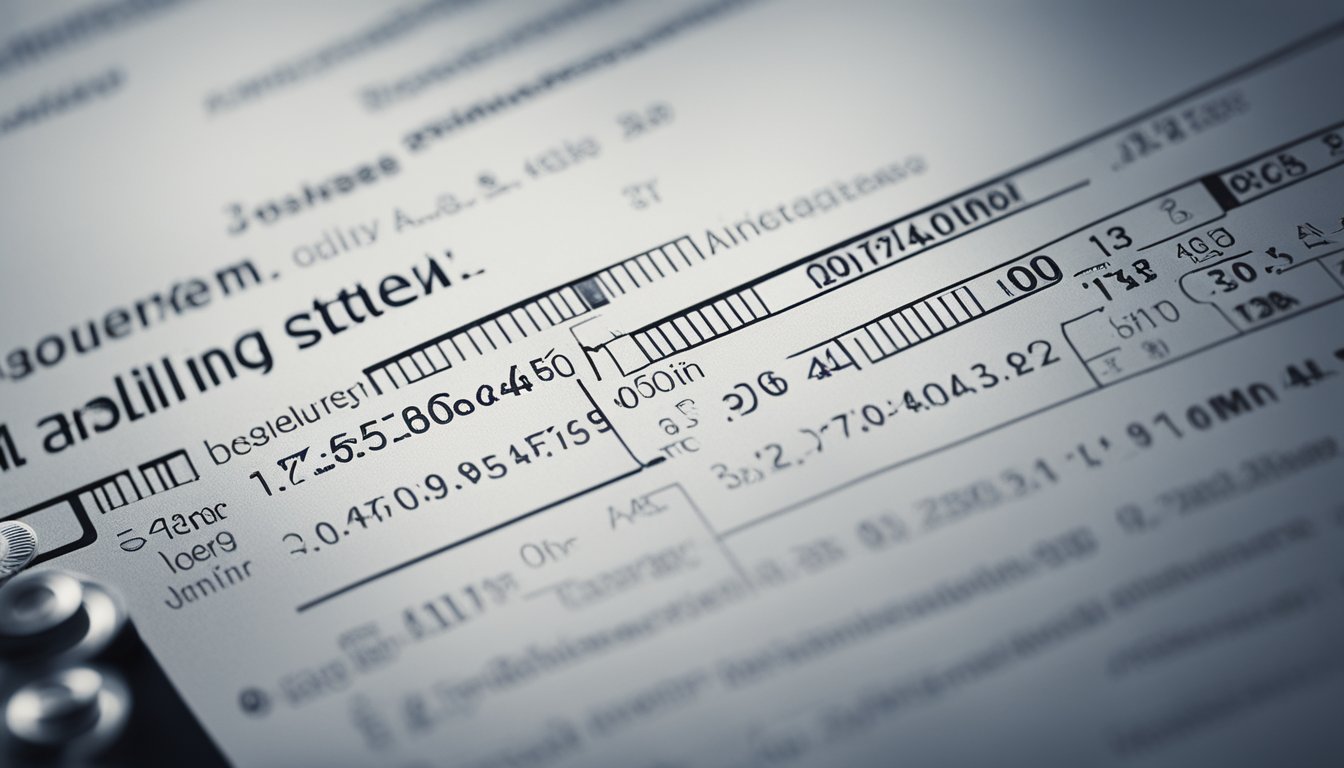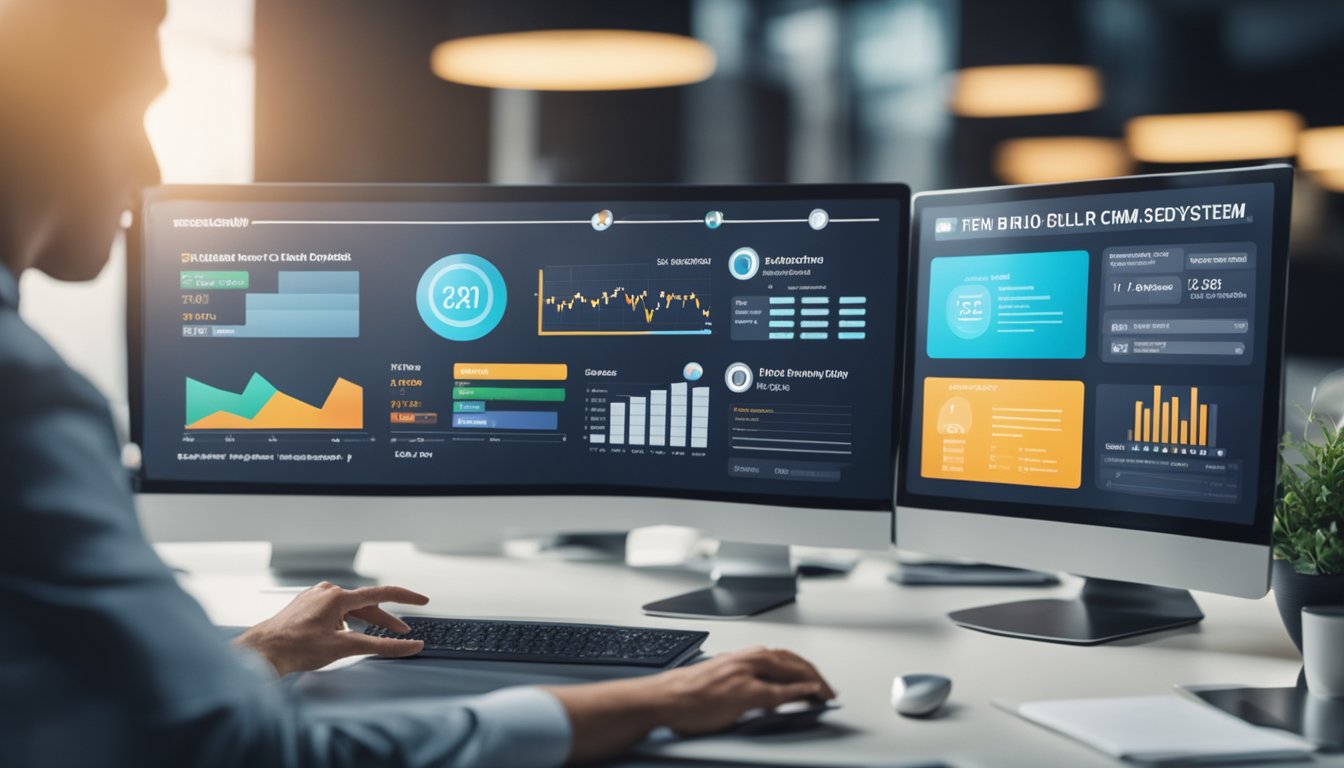Integrate Your Billing System with Your CRM for Streamlined Business Operations
Integrating your billing system with your CRM can streamline your business operations and improve customer satisfaction. By connecting these two systems, you can automate billing processes, reduce errors, and gain valuable insights into customer behavior. In this article, I will discuss the benefits of integrating your billing system with your CRM and provide steps for implementing this integration.

Understanding CRM and Billing System Integration Customer relationship management (CRM) and billing systems are two critical components of any business. A CRM system allows you to manage customer interactions, while a billing system handles invoicing and payment processing. Integrating these two systems can provide a unified view of customer data, allowing you to better understand customer behavior and preferences.
The Benefits of Integrating Your Billing System with Your CRM Integrating your billing system with your CRM can provide several benefits for your business. First, it can automate billing processes, reducing the need for manual data entry and minimizing errors. Additionally, it can improve customer satisfaction by providing a seamless billing experience. By gaining insights into customer behavior, you can also identify opportunities for upselling and cross-selling. Finally, integrating your billing system with your CRM can improve data accuracy and reduce the risk of data loss.
Key Takeaways
- Integrating your billing system with your CRM can streamline your business operations and improve customer satisfaction.
- By connecting these two systems, you can automate billing processes, reduce errors, and gain valuable insights into customer behavior.
- Benefits of integrating your billing system with your CRM include automated billing, improved customer satisfaction, and better data accuracy.
Understanding CRM and Billing System Integration

As a business owner, I understand the importance of having a billing system that works seamlessly with my CRM. Integrating these two systems can lead to a more efficient and effective way of managing customer data and billing information. In this section, I will explain what CRM and billing system integration is, and the key components of integration.
What is CRM and Billing System Integration?
CRM and billing system integration is the process of connecting your billing system with your CRM platform. This allows for the transfer of data between the two systems, creating a more streamlined and automated process. With integration, customer information, billing history, and payment details can be accessed in one place, providing a complete view of the customer.
Key Components of Integration
There are three main components to consider when integrating your CRM and billing system: data integration, system APIs, and process APIs.
Data Integration
Data integration is the process of combining data from different sources into a unified view. When integrating your CRM and billing system, it is important to ensure that all customer data is accurate and up-to-date. This includes information such as customer name, address, and payment details. By having a single source of truth for customer data, you can avoid errors and inconsistencies.
System APIs
System APIs (Application Programming Interfaces) allow different systems to communicate with each other. When integrating your CRM and billing system, it is important to ensure that the APIs are compatible and that the systems can communicate effectively. This will allow for the transfer of data between the two systems, creating a more streamlined process.
Process APIs
Process APIs allow for the automation of business processes. When integrating your CRM and billing system, it is important to consider the processes that can be automated. This includes processes such as billing, payment processing, and customer communication. By automating these processes, you can save time and reduce errors.
In conclusion, integrating your CRM and billing system can lead to a more efficient and effective way of managing customer data and billing information. By considering the key components of integration, you can ensure that the process is successful and that your business benefits from the integration.
The Benefits of Integrating Your Billing System with Your CRM

As a business owner, I understand the importance of streamlining processes to save time and improve efficiency. Integrating your billing system with your CRM can bring many benefits to your business, including improved efficiency and accuracy, enhanced customer experience, and streamlined sales and accounting processes.
Improved Efficiency and Accuracy
Integrating your billing system with your CRM can help automate many of your processes, saving you time and reducing the risk of errors. By automating tasks such as data entry and invoice generation, you can free up time for your team to focus on more important tasks. This can lead to increased productivity and improved efficiency.
In addition, integrating your billing system with your CRM can help ensure accuracy by eliminating the need for manual data entry. This can reduce the risk of errors and improve the quality of your data.
Enhanced Customer Experience
Integrating your billing system with your CRM can also help enhance the customer experience. By having all of your customer information in one place, you can provide a more personalized experience for your customers. This can help build stronger relationships with your customers and improve customer satisfaction.
In addition, integrating your billing system with your CRM can help you provide more accurate and timely billing information to your customers. This can help reduce the number of billing inquiries you receive and improve the overall customer experience.
Streamlined Sales and Accounting Processes
Integrating your billing system with your CRM can also help streamline your sales and accounting processes. By having all of your customer information in one place, you can better track sales and customer interactions. This can help you identify new sales opportunities and improve your sales processes.
In addition, integrating your billing system with your CRM can help streamline your accounting processes. By automating tasks such as invoice generation and payment tracking, you can reduce the time and resources required for accounting tasks. This can help you save time and improve the accuracy of your financial data.
In conclusion, integrating your billing system with your CRM can bring many benefits to your business, including improved efficiency and accuracy, enhanced customer experience, and streamlined sales and accounting processes. By automating tasks and having all of your customer information in one place, you can save time, improve accuracy, and provide a better experience for your customers.
Steps to Integrate Your Billing System with Your CRM

Integrating your billing system with your CRM can streamline your business operations and improve your customer experience. The process involves connecting your billing system with your CRM platform so that data can flow seamlessly between them. In this section, I will outline the steps to integrate your billing system with your CRM.
Planning and Preparing for Integration
Before you start integrating your billing system with your CRM, you need to plan and prepare for the integration process. This involves identifying the data that needs to be synced between the two systems, mapping out the integration flow, and deciding on the integration tools to use. You also need to ensure that your billing system and CRM are compatible and that you have the necessary permissions to access and modify data.
Choosing the Right Integration Tools
Choosing the right integration tools is crucial to the success of your integration project. There are many integration tools available, including APIs, middleware, and integration platforms. You need to choose the tools that best fit your business needs, budget, and technical expertise. For example, if you're using Zoho CRM and QuickBooks for accounting, you can use Zoho Books to integrate the two systems. Alternatively, you can use a third-party integration platform like Zapier or Workato to connect your billing system with your CRM.
Implementing the Integration
Once you have planned and prepared for integration and chosen the right integration tools, you can start implementing the integration. The implementation process involves configuring the integration tools, setting up the integration flow, and testing the integration. You also need to ensure that your data is accurate and up-to-date and that your automated workflows are working correctly.
In conclusion, integrating your billing system with your CRM can help you streamline your business operations, improve your customer experience, and achieve digital transformation. By following the steps outlined in this section, you can successfully integrate your billing system with your CRM and enjoy the benefits of automated workflows, improved data accuracy, and better customer insights.
Maintaining and Optimizing Your Integrated System

As a business owner, I understand the importance of maintaining and optimizing your integrated billing and CRM system. It is crucial to ensure that the system is running smoothly and that all data is accurate and up-to-date. In this section, I will discuss two key areas that you should focus on to maintain and optimize your integrated system.
Regular System Checks and Updates
Regular system checks and updates are essential to keep your integrated system running smoothly. It is important to ensure that all software and hardware components are up-to-date and functioning correctly. This includes your billing and CRM software, as well as any other systems that are integrated with your billing and CRM system.
Regular system checks can help you identify any issues before they become major problems. It is also important to perform regular backups of your data to ensure that you can recover from any data loss or system failures.
Leveraging Analytics for Continuous Improvement
Analytics can be a powerful tool for continuous improvement of your integrated billing and CRM system. By analyzing data from your system, you can identify areas for improvement and make data-driven decisions to optimize your system.
One area where analytics can be particularly useful is in identifying payment errors. By analyzing payment history data, you can identify any payment errors and take steps to prevent them from happening in the future. This can help improve your cash flow and reduce the risk of customer churn.
Another area where analytics can be useful is in identifying opportunities for personalization. By analyzing customer data and purchase history, you can identify trends and preferences and tailor your marketing and sales efforts to better meet the needs of your customers.
Overall, maintaining and optimizing your integrated billing and CRM system requires ongoing attention and effort. By regularly checking and updating your system and leveraging analytics for continuous improvement, you can ensure that your system is running smoothly and providing the insights you need to grow your business.
Frequently Asked Questions

What are some popular accounting and billing systems that can be integrated with CRM software?
There are many accounting and billing systems that can be integrated with CRM software. Some popular options include QuickBooks, FreshBooks, and Oracle NetSuite. These systems allow you to manage your accounting and billing processes more efficiently, while also providing you with valuable insights into your sales and customer data.
What benefits can you expect from integrating your CRM system with your invoicing software?
Integrating your CRM system with your invoicing software can provide a number of benefits. By automating your billing and invoicing processes, you can save time and reduce the risk of errors. You can also gain valuable insights into your sales and customer data, which can help you make more informed business decisions.
How can you integrate your billing system with your CRM to streamline your sales process?
Integrating your billing system with your CRM can be a complex process, but there are a few steps you can take to streamline the process. First, make sure that your CRM and billing system are compatible. Then, work with your software provider to set up the integration and customize it to meet your specific needs. Finally, train your team on how to use the new system and monitor its performance to ensure that it is working as intended.
What are some common challenges you may face when integrating your CRM and accounting software?
Integrating your CRM and accounting software can be challenging, and there are a few common issues that you may encounter. These can include compatibility issues between your software systems, data inconsistencies, and difficulties in customizing the integration to meet your specific needs. However, with careful planning and support from your software provider, these challenges can be overcome.
Can you automate your billing and invoicing processes by integrating your CRM with your accounting system?
Yes, integrating your CRM with your accounting system can help you automate your billing and invoicing processes. By setting up automatic payments and personalized workflows, you can reduce the amount of manual work required and ensure that your billing and invoicing processes are consistent and accurate.
What are some best practices for integrating your CRM and billing software to ensure data accuracy and consistency?
To ensure data accuracy and consistency when integrating your CRM and billing software, it is important to follow a few best practices. These include mapping your data fields correctly, setting up automatic data syncing, and regularly monitoring your data for errors or inconsistencies. Additionally, it is important to train your team on how to use the new system and establish clear guidelines for data entry and management.

We are committed to delivering a new level of automation that will help organizations save time, money, and staffing resources.
 WRITE FOR US!
WRITE FOR US!
